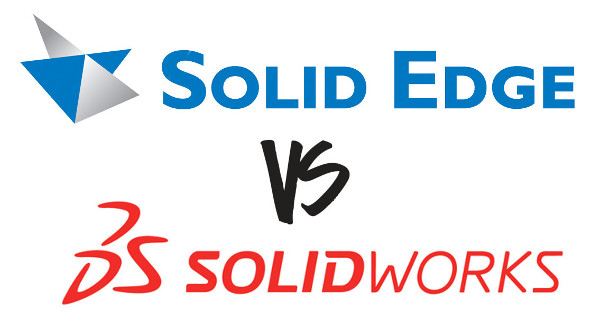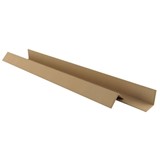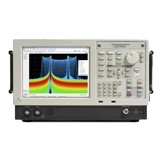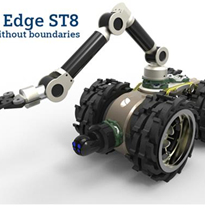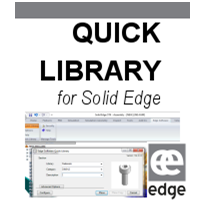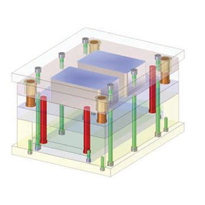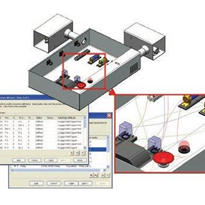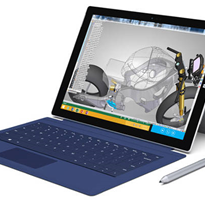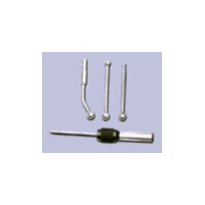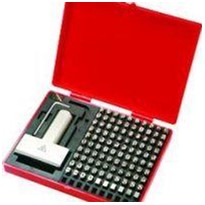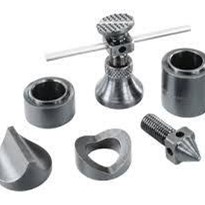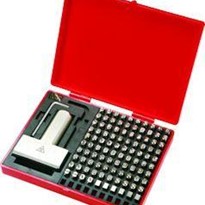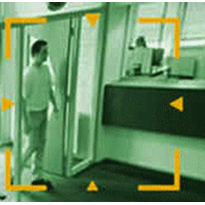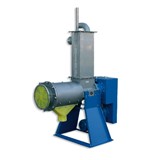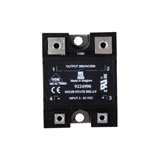Aren’t they just about the same thing? After all, you’ve got a big investment in your CAD tools. Not just in money, but in time, experience, and a certain emotional stake. Why should you change?
I’d like to think I have some qualifications to answer that question, mainly because I had all of those investments as well, and I went ahead and made the change. My career was pretty heavily invested in the SolidWorks way of doing things, but over time, it became apparent to me that I was going to have to change. In hindsight, this makes me chuckle a little bit. SW2008 had some changes I didn’t speak well of, and a certain set of people accused me of being resistant to change, or something to that effect. I made the point that not all changes are equally good.
Just to say that I’ve got several reasons for having made the rather drastic change that I made. What sets Solid Edge apart from SolidWorks in my mind is as much about the two businesses as about the two products.
If you have been a long-time Works fan, one of the reasons you got started with them was because there were a lot of cool things going on. Real 3D CAD on a sub $5k PC, on an easy-to-use Windows OS. That was all new at the time. Works was a small player with good ideas. It all resonated. These days they have lost that underdog charm, and most of the charismatic individuals that really made it special are long gone.
Probably the biggest difference is that Solid Edge integrates innovation in a way that allows customers to maintain their business plan, while Works just rips out stuff and replaces it and you have to deal with the consequences. Examples of this would be Synchronous Technology, which was integrated into Solid Edge without requiring users to adopt a new software, or even change the way they worked. Customers could use ST or not, even while still adopting the latest version of the software. After a couple of years, Solid Edge integrated Synchronous Technology and their traditional history-based methods so that both could be used at the same time on the same model.
If you have lived through Works multiple changes of rendering software in the past several years, you can comment for yourself how graceful that has been, and how interchangeable your data has been. How about data management issues? More recently, with SolidWorks being absorbed by Dassault Systemes, we see that DS has made multiple starts at morphing SolidWorks, but the image of what is to come is still not very clear.
When it comes to the product, the big difference is that the main modeling method in Works is still the decades-old history-based scheme. As you’ve probably read elsewhere, history-based modeling was a crutch that PTC invented because the hardware of the time had to break larger models down into smaller pieces to solve them bit-by-bit.
It was necessary at the time, and has been very successful. But we are in a different age now. Our hardware has grown up, and we understand the overall process better. History-based modeling has always had weaknesses, but when you look at those weaknesses in the light of another method, say direct editing, it doesn’t make sense to live with those weaknesses. The problem is that direct editing, taken on its own, also has weaknesses.
A trend started with Synchronous Technology, about 6 years ago. I think a lot of the engineering media misunderstood the trend at the time. They all thought direct edit was taking over. But direct edit was nothing new, and it wasn’t going to take over. What was starting to form was the merger of the two techniques, rather than the triumph of either. For certain types of modeling, there is no question that direct edit is a great way to work. But at other times, you really need some of the aspects of history-based modeling. Synchronous Technology gives that to us. On a single model, you can combine techniques. And now SolidWorks is the only mid-range tool out there that doesn’t offer some combination of history and direct methods. This is another signal of impending change at SolidWorks.
For original post + 62 comments click here


